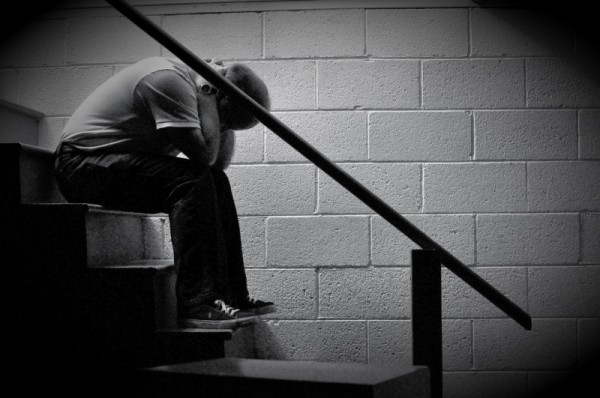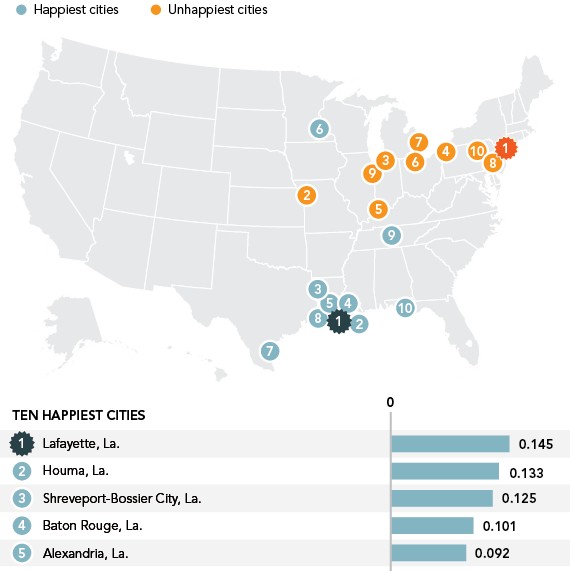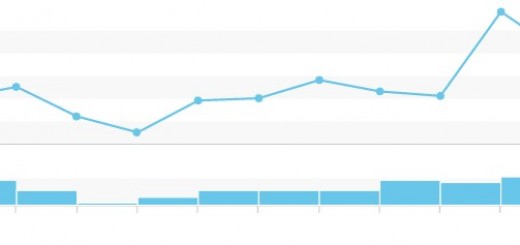July 23 in Lafayette

As far as dates and places go, July 23 and Lafayette are very high on my list. Many moons ago, yours truly opened his eyes for the first time on July 23; and several moons after, attended college in Lafayette; home to the University of Louisiana at Lafayette, the CajunBot, the Ragin Cajuns, the Vermilion and a place that truly deserves the crown of being the Happiest City in America.
Two days ago, Lafayette experienced the horror of a gunman opening fire inside the Grand movie theater; killing Mayci Breaux, 21, of Franklin, Louisiana, who died at the theater, and Jillian Johnson, 33, of Lafayette, who died at the hospital. The shooter – John Russel Houser, 59, killed himself; but was intent on shooting and escaping.
In true Louisiana style, stories of heroism in the face of extreme adversity are trickling out; but this permanent scar for Lafayette is a tragic reminder of a similar event in Aurora, Colorado in 2012.
The political debate has already spun up over gun control; about a mental health background check and periodic screening requirement for gun owners; and a plethora of related topics that may need revised laws, regulations and strict enforcement to make us feel safe in a movie theater again. Till those wheels turn, let’s take a technologist’s perspective on detecting and removing weapons from movie theater.
For starters, this detection isn’t new territory; albeit it may benefit from some innovation. The Transportation Security Administration has successfully enforced its mandate on Prohibited Items to the point that the TSA routinely publishes violations on its blog. The TSA uses imaging technology to individually screen every passenger on a commercial flight; a number that the Bureau of Transportation Statistics pegs at 670 million for 2015 thus far. So, if we’re thinking that imaging machines can cause a bottleneck for high-traffic places; we’ve got a stellar example of it being done right.
It isn’t foolproof. No security system is. The delay through “get through security” can be annoying and needs planning. But, CLEAR solved that. Perhaps a movie-watcher membership can do the same?
Dipping into the actual detection mechanics, let’s add up a few things:
- We’ve come a long way in being able to parse images quickly and intelligently. There’s tons of research, interesting prototypes and yes, Google is doing it.
- Reading the output of an imaging machine at the airport is very well-documented; and going by, ahem, “a friend who has lost several Swiss knives” going through airport security; users can be trained exceedingly well.
- The TSA revised their systems based on privacy concerns from folks who felt that the screeners could get too much of a glimpse under their clothes. Although, movie theaters may not elicit the same concern from their typical audience demographic.
- The types of firearms that must be registered in the National Firearm Registration and Transfer Record are defined in the NFA and 27 CFR, Part 479
So:
- We know what to look for via the firearm registration database
- Advances in image recognition can spot known shapes and permutations
- The output display of imaging machines is easy to understand and easy to train
- Imaging machines have been revised to respect privacy considerations
- The TSA is a great example to learn from
Seems like we have the foundation in place for building something that could fit, scale with and secure the movie theater experience that we’ve grown used to.
Just like the TSA floated out an innovation challenge for queue design and modeling, perhaps the movie theater business could follow suit by asking innovators all over to design a method that would manage the crowds and enforce security requirements so as to make the movie theater safe again?
If all else fails, just the visual of an imposing metal detector with human guards at the doors to a movie theater could be a reasonable deterrent against such senseless, unfortunate events. During a recent trip to Mumbai, I saw that most malls had manned metal detectors at all gates; and the action of humans checking handbags and waving detector wands didn’t seem to dissuade anyone from the mall experience.
Thoughts and prayers to all those affected by the tragedy in Lafayette. If passing through a metal detector / imaging machine before a movie would prevent incidents like these, I really don’t care about what “the person behind the screen can see” or waiting a few more minutes in the entry line.




